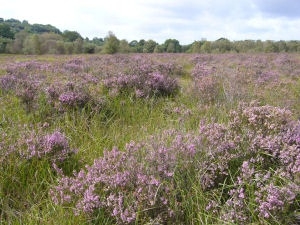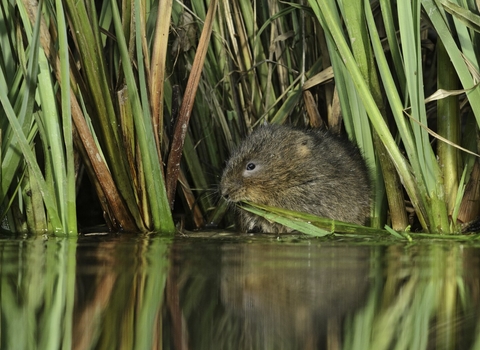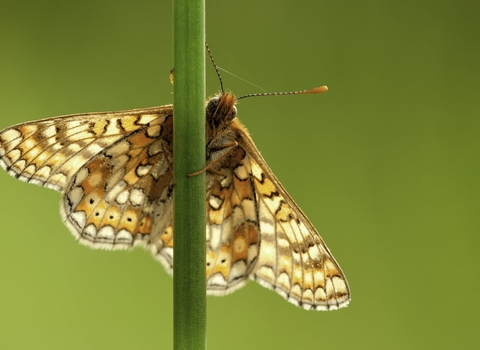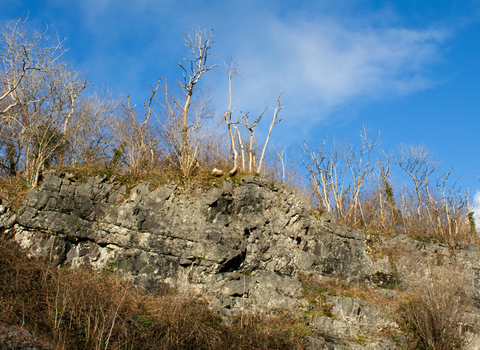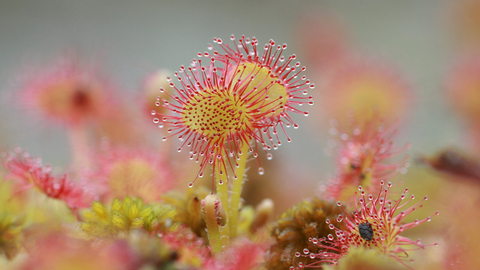
Vicky Nall
Cors Goch, Llanllwch
Know before you go
Dogs
When to visit
Opening times
Open access reserve.Best time to visit
Full seasonAbout the reserve
Cors Goch is part of a lowland raised mire and is one of the last six large raised bogs in Wales.
The bog originated as a lake amongst clays, sands and gravels, deposited by the ice sheet and now forms the typical dome shape of raised bogs. The mire has a depth of up to 5 m of peat, which contains evidence of an uninterrupted environmental record of over 8000 years, Carmarthenshire’s most complete record of past vegetation history.
The western section has former drainage channels cut across it from east to west linking with the main ditch on the western boundary. These channels contain areas of Sphagnum moss, with Bog Asphodel, Cranberry, Round-leaved Sundew, Marsh Cinquefoil, Narrow Buckler-fern, and Royal Fern. Heather and Cross-leaved Heath dominate large areas of the reserve, while Bog Myrtle makes impressive stands in a Purple Moor Grass sward in the southern and western parts of the site. Other notable plants include Oblong-leaved Sundew and White Beak Sedge.
Alder carr and Downy Birch make up most of the southern boundary.
Marsh Fritillary has been recorded, together with Bog Bush-cricket and Black Darter, and the site contains up to 300 colonies of the national biodiversity priority species, the Black Bog Ant. This species was discovered in 1991 and is known from only one other site in Wales (Rhossili Down SSSI, Gower).
Download the site map
